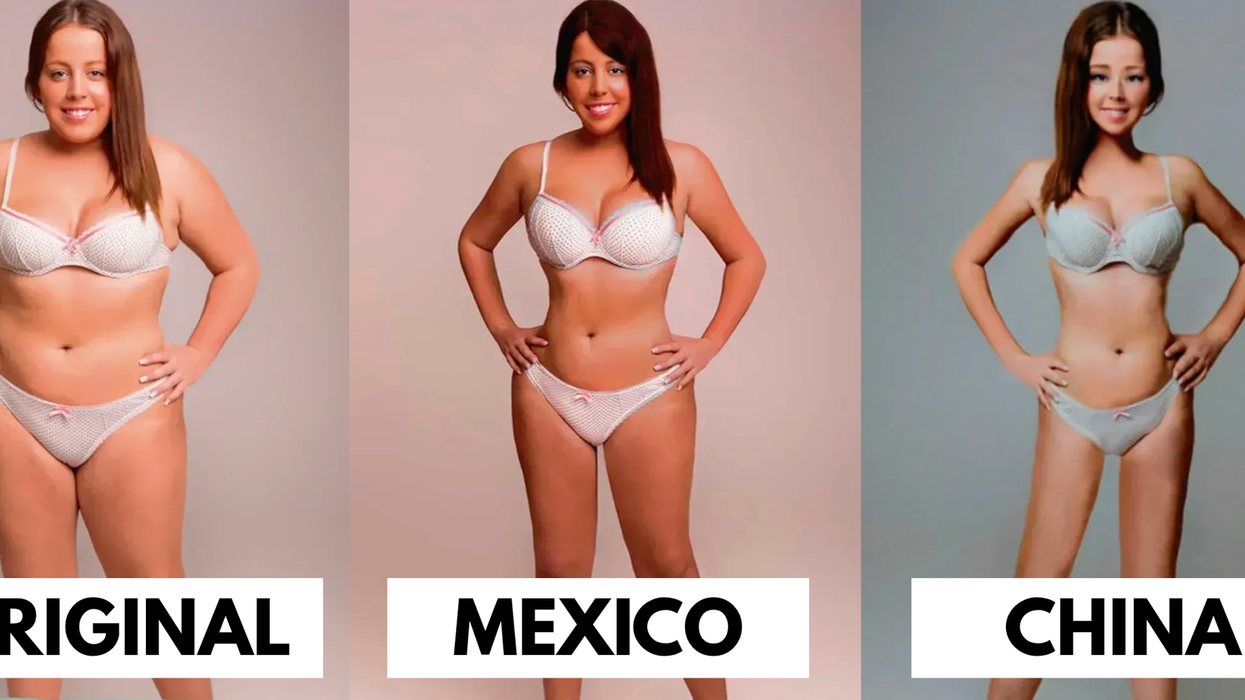About a week ago, in an effort to curb shoplifting and robbery, a number of stores in Harlem began displaying signs prohibiting anyone in a hoodie or ski mask from entering. The postings dubiously claimed that anyone dressed in such a manner would be “trespassing.” But critics claim the signs are discriminatory, bumbling attempts to profile a particular class of young men in a city where, frankly, it’s pretty cold this time of year—unless you work on Wall Street, hoodies are practically de rigueur.
While most of the businesses have since taken the controversial signs down, companies have long tried to control the “tone” of their stores with restrictive terms of service. From jacket requirements at fancy restaurants to the classic “no shoes, no shirt” placards, the dress code has always been a particularly sneaky way of keeping out supposed undesirables. But without context, the signs proclaiming these fashion protocols, coded as they are, can often seem wrongheaded or arbitrary. These are some of the most familiar and weirdest of these signs, ranging from coyly prejudiced to just plain bizarre.















 A house on fireCanva
A house on fireCanva A smoke detector covered in smokeCanva
A smoke detector covered in smokeCanva The Dahl family gofundme
The Dahl family gofundme 
 A smiling couple. Photo credit:
A smiling couple. Photo credit:  Feeding each other ice cream.Photo credit:
Feeding each other ice cream.Photo credit:  An intimate photograph of a couple.Photo credit:
An intimate photograph of a couple.Photo credit:  Playing with food.Photo credit:
Playing with food.Photo credit: 

 A hand reaches for some money on the groundCanva
A hand reaches for some money on the groundCanva
 Lindsey Stirling meet & greet appearance at the Winter NAMM Show in Anaheim, California in 2018
Lindsey Stirling meet & greet appearance at the Winter NAMM Show in Anaheim, California in 2018
 A double-decker bus and an English phone boothCanva
A double-decker bus and an English phone boothCanva
 Woman celebrating with hashtag #winning via
Woman celebrating with hashtag #winning via 
 A factory farm with rows of cropsCanva
A factory farm with rows of cropsCanva An empty hospital roomCanva
An empty hospital roomCanva Trash floating on the surface of the ocean Canva
Trash floating on the surface of the ocean Canva